JackSellers16
TPF Noob!
- Joined
- Dec 30, 2009
- Messages
- 84
- Reaction score
- 0
- Location
- Caerphilly, Wales
- Can others edit my Photos
- Photos OK to edit
Some family members are running in a athletics tournament tomorrow and i want to kick start my photography with some great shots so any advice on camera settings would be great ? And composition?
For example; Would it be better to use aperture priority or shutter priority?
Would you stand/sit higher above the track or track level?
For example; Would it be better to use aperture priority or shutter priority?
Would you stand/sit higher above the track or track level?


![[No title]](/data/xfmg/thumbnail/41/41920-c7de4d93604fb89eb48454f9e5dba8a0.jpg?1619739944)
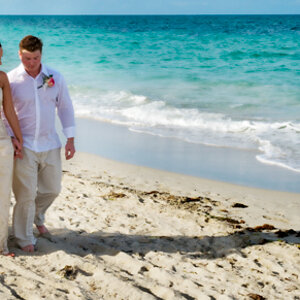
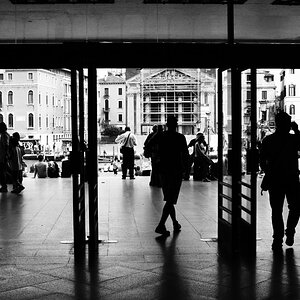
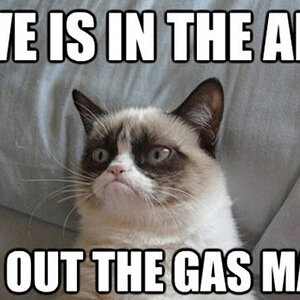
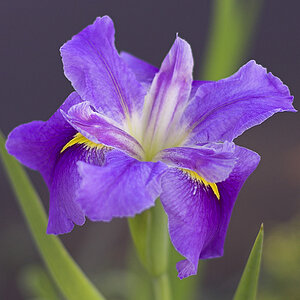

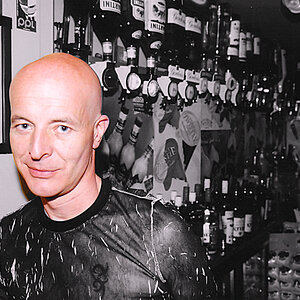
![[No title]](/data/xfmg/thumbnail/32/32950-1cc3896bf614e9412d7fda271f5e63c8.jpg?1619735784)
![[No title]](/data/xfmg/thumbnail/35/35265-c9ea3efd2c618a57ea136e63ad106880.jpg?1619736970)
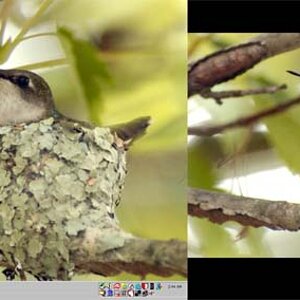
![[No title]](/data/xfmg/thumbnail/35/35264-5ade32b7036391926536661aeb7491c3.jpg?1619736969)
